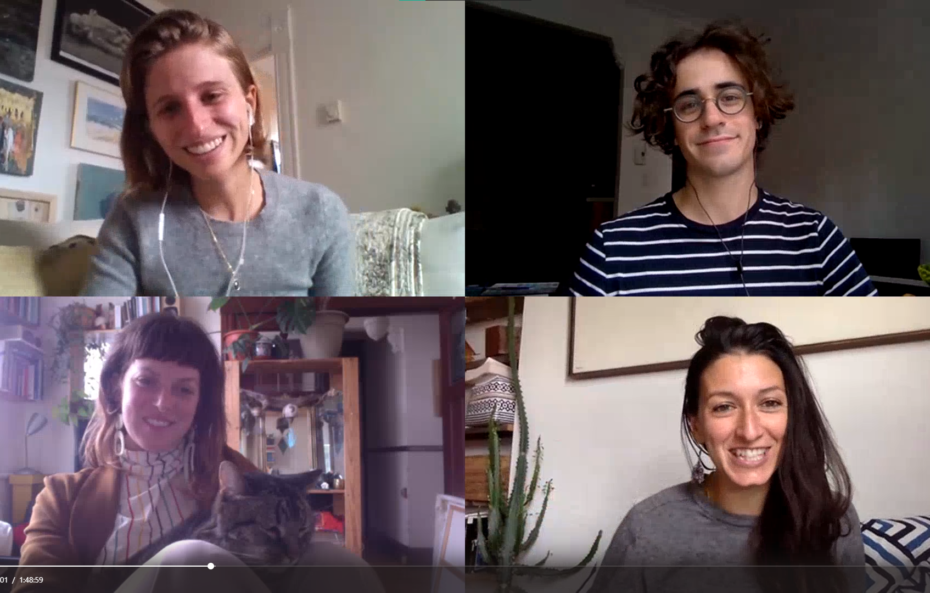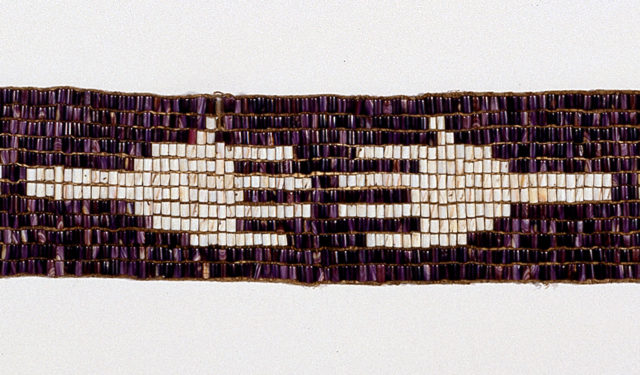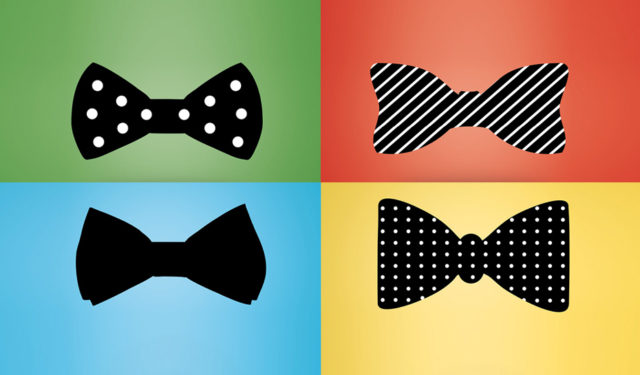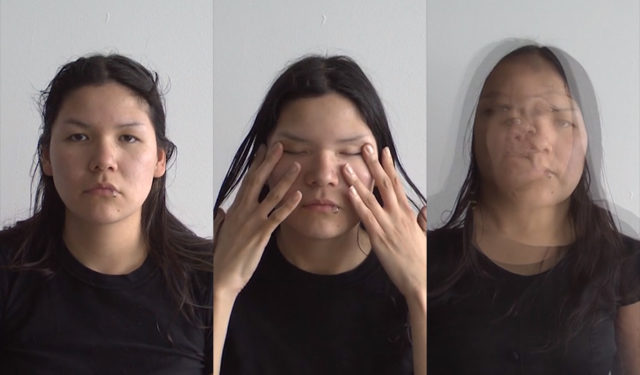Participatory Museology and Community Engagement
Meet the Education, Community Engagement and Cultural Programs team, always on the lookout for projects to promote social action.
November 20, 2020
On a bright Friday afternoon, I sat down at my computer to discuss the McCord Museum’s social mission with the Education, Community Engagement and Cultural Programs team, composed of project managers Asha Courtland, Clara Chouinard and Leïla Afriat.
Thanks to the current lockdown, our meeting was held online. However, the infectious enthusiasm and partnership of the three women came through my screen, loud and clear. They oversee a multitude of projects designed to make the Museum a forum for discussion and a driver for transformation, reflection and social action, while promoting its history and collections.
Leïla Afriat sums up her mission at the Museum as follows: We want to nurture community engagement. In some ways, we hope that visitors will leave the Museum with more questions than answers.
As Leïla bites into an apple and Asha pets her cat, Clara picks up the conversation. Our mandate is three-fold: education, cultural, and community engagement programs. Our goal is to deliver the opposite of a traditional lecture because the content is designed to give the public a voice.
Through the interplay of dialogue, we encourage citizens to get involved, which in turn creates participatory museology.
The colleagues discuss their work, giving me an impressive overview of the projects they have helped develop. These include a partnership with newspaper L’Itinéraire, workshops led by the mediation team on-site at the Museum with young people from disadvantaged areas, discussion groups with representatives from the Indigenous community on the connections between material and non-material culture, and programs in CHSLDs (nursing homes) to foster intergenerational dialogue.
Special activities, film screenings, conferences, panel discussions and partnerships with festivals and various organizations… We really have a lot of projects, chuckles Asha, with her cat on her lap.
The women come from a variety of backgrounds. Leïla enjoys acting and dancing and earned a master’s degree in anthropology and another in cultural management, while Clara has a master’s in art history and a second master’s in museology, along with a boundless passion for cultural mediation and the world of museums. As for Asha, she became a project manager at the Museum after starting a socially engaged circus company and studying art therapy.
And yet, these unique, eclectic career paths have led all three to the same keen passion for art, culture and outreach. As Asha explains, It’s really important that we find meaning in our work. They seem to have internalized the Museum’s mission, like an imperative, making it their own: promote history and culture in an engaging way, and help society evolve by creating bridges and offering citizens equal opportunities for dialogue.
I leave the meeting inspired and with a clearer understanding of why a social history museum is so important. The museum may be a place that preserves historically or culturally significant objects as tangible witnesses of other eras or cultures, but these objects also speak of the distances between us and ways in which we can get closer.
Moreover, by making connections with different societies, the museum is a tool to help us better understand our reality. As Leïla, Asha and Clara explained, otherness must be used as a mirror to help citizens reflect on their society and the way in which each and every one of us each has the power to transform it.







